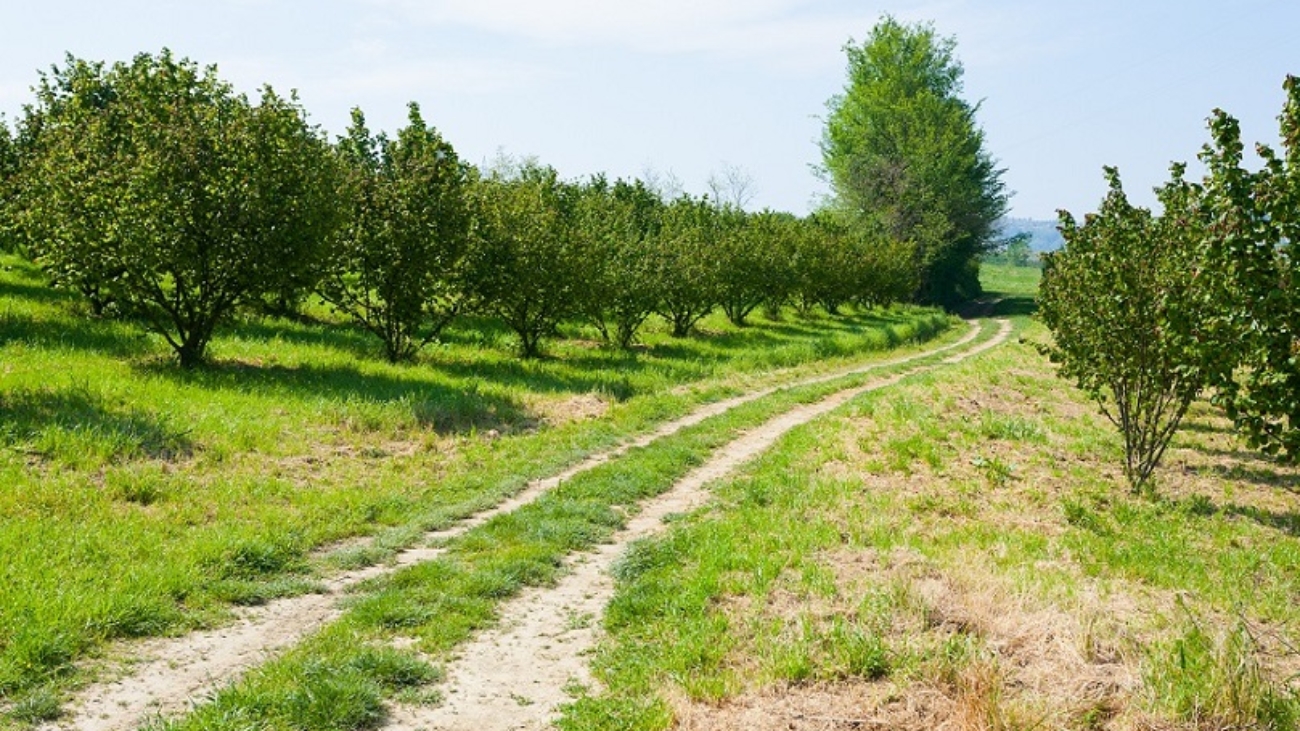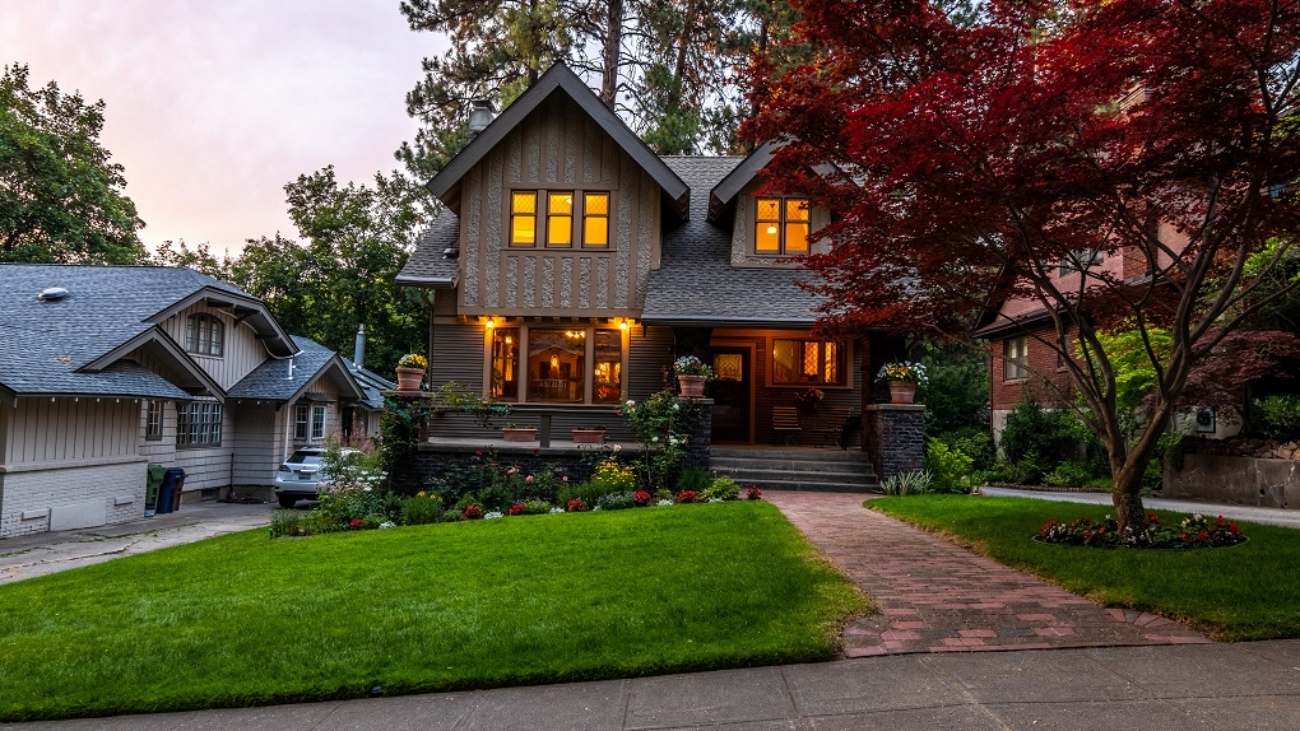
Affordability and remote accessibility are two main motivators for the exponential growth in regional real estate.
COVID-19 played a key role in the initial push towards urban fringe or regional lifestyles. This was enhanced by remote work opportunities that were emphasised by pandemic-led realities.
Yet even prior to the pandemic, it’s a common misnomer to believe that housing prices have always been more affordable in regions than they are in capital cities.
Reporting on the supply and demand of regional housing a decade ago, the Australian Housing and Urban Research Institute says earlier research indicates equal or higher property values than some urban markets, at least in regional hotspots and potential rural areas.
“House price movements since the year 2000 have affected some regions more than others, with amenity-rich ‘sea-change’ or ‘tree-change’ localities especially affected by rising house prices,” the March 2011 report says.
Further research shows that uncertain supply processes for the rental market in rural centres have also contributed to the high degree of unaffordability in housing.
Pandemic-inspired growth factors
Although COVID-19 challenged many local industries, the pandemic proved to be a major boon for the regional sector.
Federal government stimulus in 2020, such as the First Home Owner Grant and HomeBuilder Grant, earlier-than-expected downsizing investment and regional construction spikes including build-to-rent and social housing developments, led the charge.
The government-motivated regional building boom, including an increase in lower-residential construction activity contrasting with reduced levels of high-density construction, is confirmed in economic forecasts by the Reserve Bank of Australia.
Equally, the widespread rental affordability crisis and dwindling housing supplies in prime regions fuelled heightened market uncertainty. This created a spectre of FOMO (fear of missing out) among potential home buyers.
With affordability levels at an all-time high, an upsurge in non-bank lending, such as line-of-credit and refinancing home loans and the omnipresent Bank of Mum and Dad, ensued.
How to capitalise on regional centres
Research and timing hold the key to securing top-performing properties in smaller regions.
Industry analysts say population growth and infrastructure development alone do not determine the full worth of affordable investment opportunities.
New transport networks, especially airports, and hospital construction are obvious drawcards in lesser-known regions.
But investors should also look for next-level or untapped areas whose markets indicate growth in median household income that surpasses inflation.
Similarly, burgeoning local economies are evident in the volume of new businesses, which inspires investor confidence and encourages spending.
Real estate experts also suggest that statistical data, such as auction clearance rates, vendor discounts, vacancy rates and rental yields, offer keen insight into value-adding for an entry point into regions with investment potential.



